Which Fuse Is For the Radio?
Fuses are essential in protecting any electrical system, and when it comes to your car radio, this isn’t any different.
With a blown or faulty fuse, your car radio won’t power up.
This means you won’t be able to enjoy your favorite audio stations while you’re out on the road on that early morning drive.
In this article, we’ll tell you how to locate the fuse protecting your car radio, how to test it for faults, and how to appropriately replace it in case it is bad.
Let’s get right in.
Which Fuse Is for the Radio
To identify the actual fuse for your car radio you need to refer to your vehicle manual as its position in the box differs with different vehicle models. It is usually a 20 to 25 Amp fuse located in the fuse box, which is either found beneath the dashboard or underneath the vehicle’s engine hood.
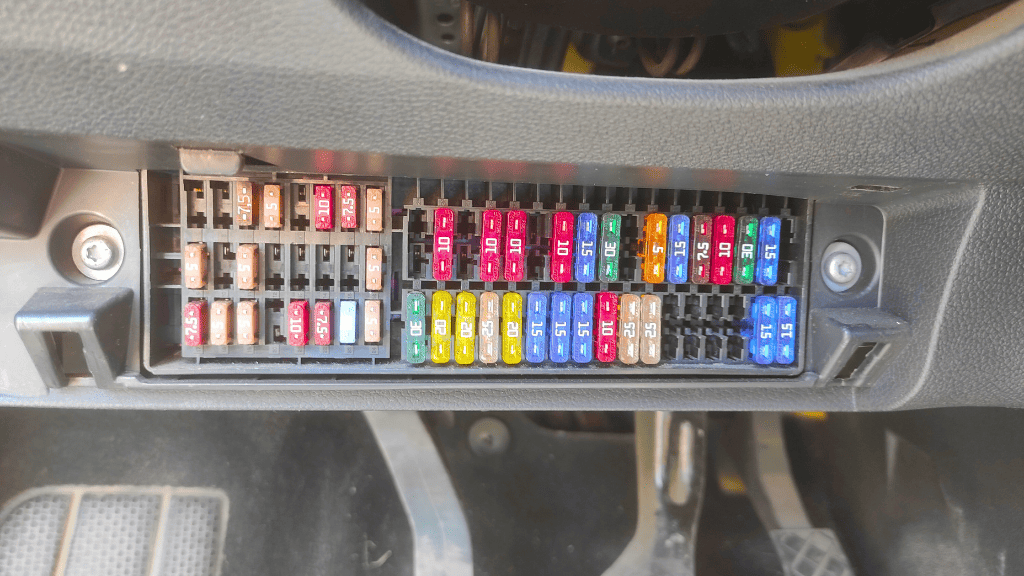
Ordinarily, identifying the fuse that protects your car radio isn’t a difficult task. This is always located in your fuse box.
Your only problem is that the position of this radio fuse within the box isn’t universal and always depends on your vehicle model.
While some cars have it in position 3, some have it in slot 21, and some others have it in slot 28 in the box.
Referring to your vehicle manual, either physically or through the internet, helps you identify the exact unit that protects the radio.
Nonetheless, car radio fuses look like any other small blade or “automotive” fuse commonly used within cars.
They have a colored but transparent plastic body and two blades that protrude at both sides.
The color of these components is typically based on their rated voltage and current capacity, and these values are sometimes indicated on the body of the fuse itself.
When making replacements, it is important you refer to these ratings and choose the right size and type to ensure optimal protection.
How to Replace a Car Radio Fuse
To replace a fuse, follow these steps.
- Turn Off Your Engine
To protect yourself from any electric shock, you turn off your car engine and also put your car in park mode.

- Take Out The Fuse
Using your car manual as a guide, you locate the exact fuse of the radio and take it out with a fuse puller.
The position of the unit may also be shown on the fuse box cover and you want to be careful while using the puller to take it out.
If you don’t have a puller, you can use your fingers, a pair of tweezers, or a pair of needle-nose pliers.
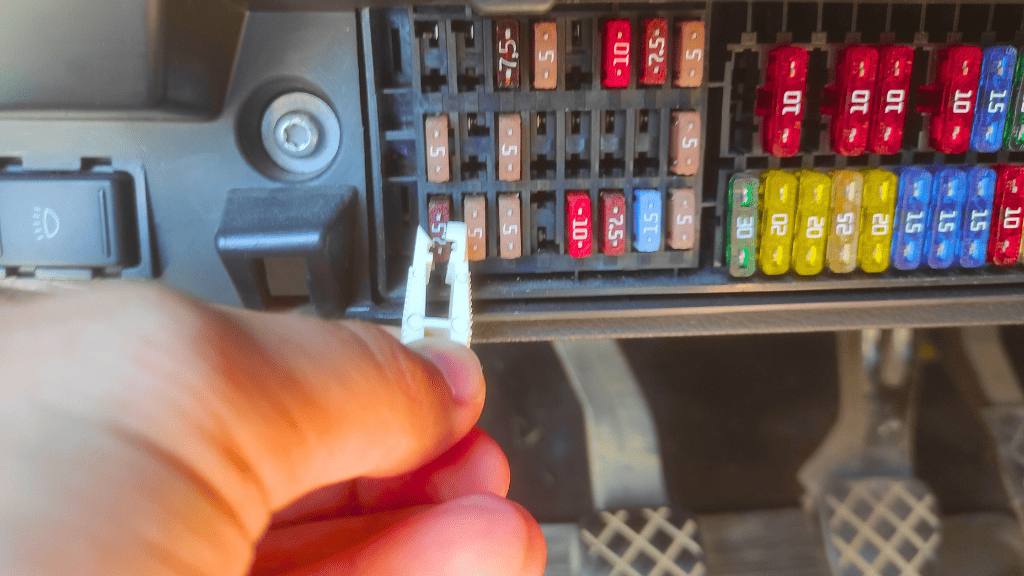
- Check the Fuse Rating
When choosing to install a replacement, you want to pay precise attention to the amperage and voltage ratings.
These ratings are important for your fuse to be effective for its job as they closely work with the amperage and voltage rating of the radio itself.
If you put a lower-rated unit, you experience nuisance blowing as its link continuously burns out even when a safe amount of current passes through it.
If you put a higher-rated fuse, you risk allowing an unsafe amount of current to pass through it, putting your radio itself in danger of overcurrent.
Generally, the fuse is typically rated at between 20 Amps and 30 Amps. Nonetheless, for more accuracy, you refer to your box cover or car manual to identify its exact rating.
Sometimes, the rating may also be on the case itself.
Although this makes replacement easier, it is better to refer to your car manual to know the recommended rating for protecting your radio.
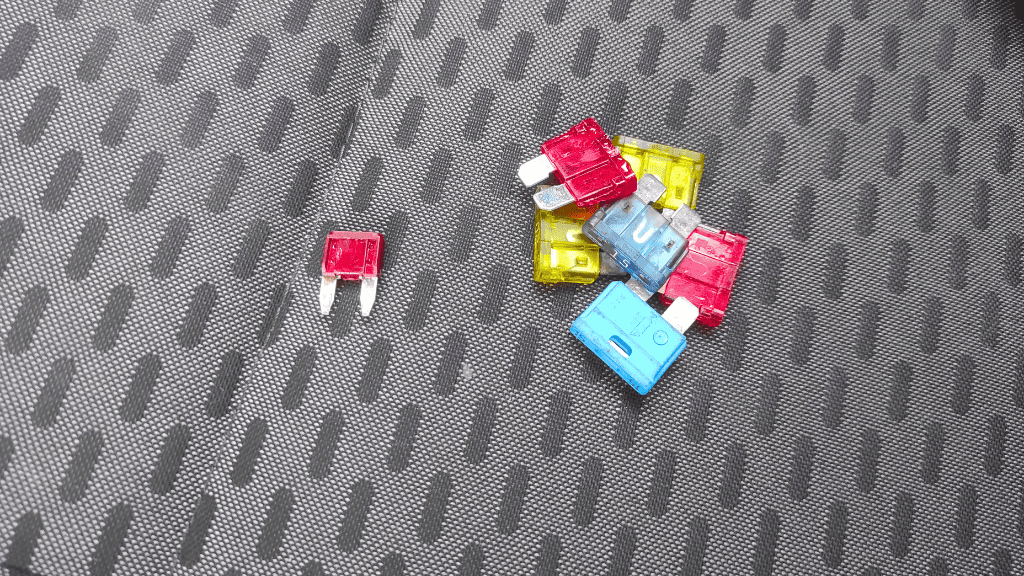
- Insert Replacement
After examining the old unit visually or using a multimeter, and determining that it is not in good shape, you then proceed to replace it with a new one that has the exact same current and voltage ratings.
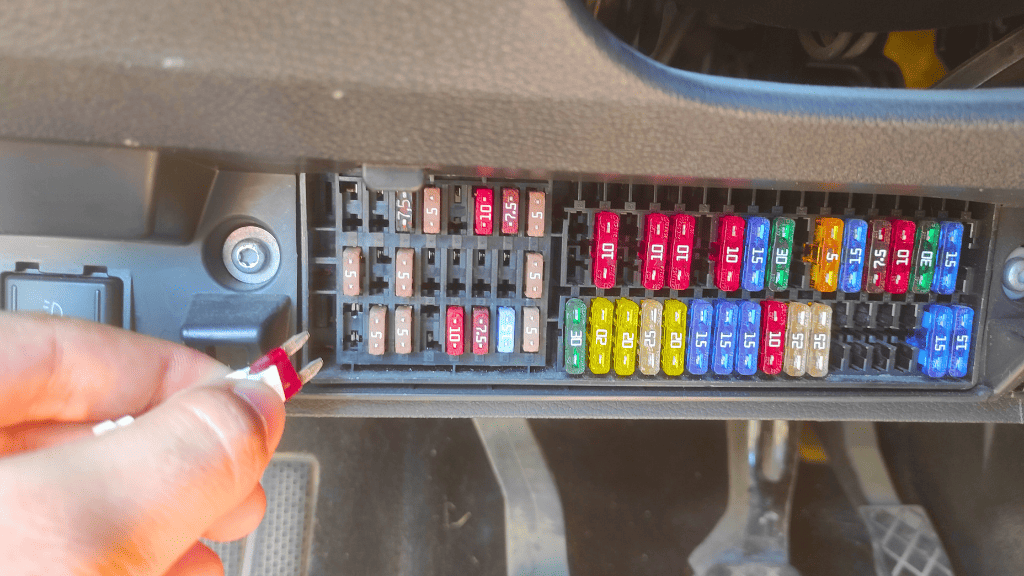
- Check If Radio Is Working
Once you have inserted the replacement into the box, you may check to see if the radio has begun to work.
You turn your car ignition to the on position and switch the radio on. If it works, the fuse was your problem and your problem has now been solved.
If it still doesn’t work at this point, however, then something else is the culprit. Sometimes, it may work and the new replacement blows out shortly after.

This also means that something else is wrong with your radio’s electric system.
There is one thing you want to do before making a replacement, however. You have to check if the installed unit is actually bad and needs replacement. This helps you save money.
How to Know if the Fuse Has blown
To know if the old installed unit has blown, there are two actions you may engage in. You either perform a visual inspection on it or, for more accuracy, test it with a multimeter.
We have a complete guide on how to determine whether a fuse is blown or not.
Visual Inspection
With a visual inspection, you want to look through the transparent plastic case for certain signs that point to a blown fuse.
These signs include if the link has a clear gap in it, if there is metal debris inside the case, if the case looks foggy, or if there is a dark stain inside or outside the case.
If you identify any of these signs, the fuse may be bad.
However, in some cases, the fuse may be bad without any of these signs present. The multimeter test then helps you make a more accurate diagnosis.
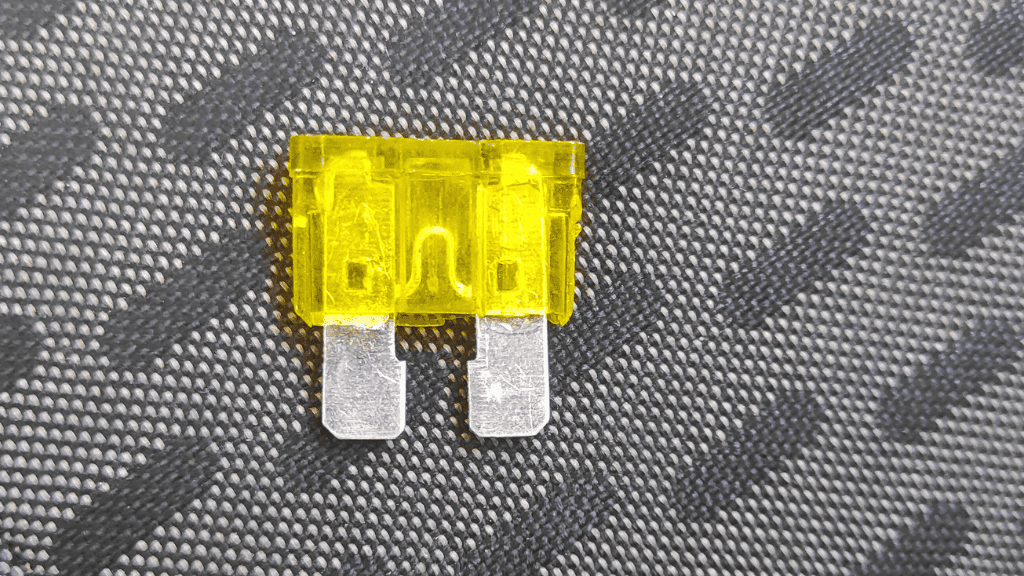
Multimeter Test
With the multimeter test, you want to check for continuity within your car radio’s fuse.
You set the multimeter to the continuity mode or the ohms setting represented by the Omega symbol (Ω).
You then place the two multimeter leads on both blade ends and wait for a response from the multimeter.
If set to continuity mode, a good unit makes the multimeter produce a beep, and if in the Ohms setting, the multimeter produces zero (0) or a value close to “0”.
If the multimeter does not beep, produces a high resistance value, or displays an “OL” reading, then the radio fuse may be bad and needs to be replaced.
You can refer to our full guide on testing fuses to have a complete understanding of the process.
Once you identify that your fuse is actually bad, you then move to replace it with the right type.
Other Reasons Why Car Radio May Not Be Working
There are other culprits you may look towards when diagnosing issues with your car radio. Some other reasons your device may not be working include:
- Issues With the Radio Wiring System
After the fuse, your electrical wiring system should be looked into next. This Is especially if you have replaced the radio or its components before, as the newly installed units may not be compatible with each other.
This wiring problem could be in the form of a ground fault or a loose connection.
- Faulty Antenna
The problem with your device may also be its antenna. In this case, the radio is expected to switch on but it doesn’t receive AM and FM signals well enough.
You experience very fuzzy audio and this is usually caused by physical damage to the antenna, a rusty or corroded antenna, or a faulty transmitter.
The tuner may also be the problem and this requires you to change the head unit entirely.
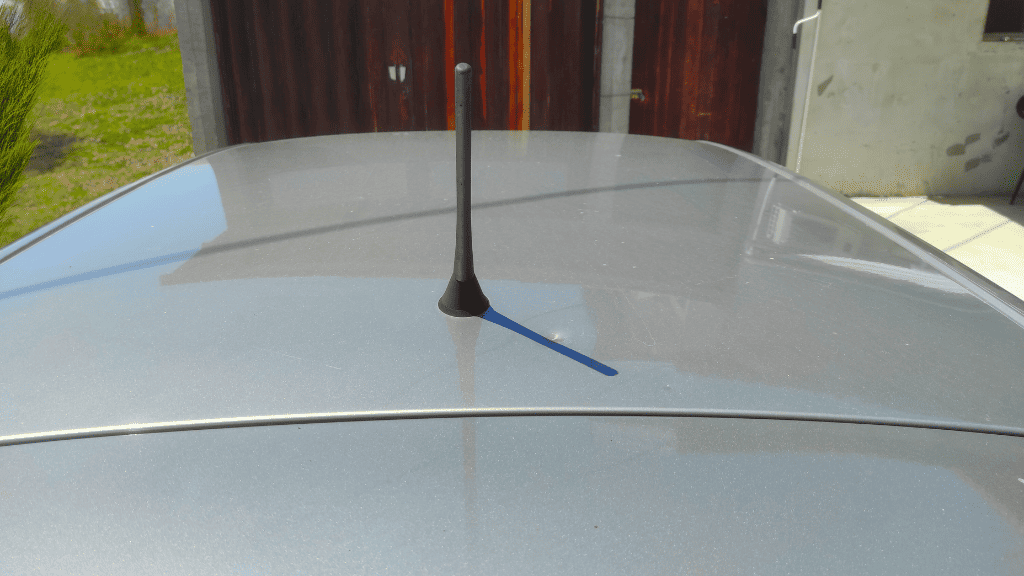
Calculating the Recommended Fuse Rating
Given the importance of rating when installing a replacement, it would be great if you had some other methods of determining it.
If you don’t have direct information from the case, fuse box, or car manual on what rating the fuse uses, you may implement a formula to determine it.
This formula takes the wattage and voltage used by the appliance into consideration and goes thus;
Amp Rating = Wattage/Voltage (I = P/V). You then multiply your result by 1.25 to identify the proper sizing to prevent nuisance blowing.
For example, since the average wattage of car radios is 200 and the voltage they work with is 12V, the current usage will be: 200/12 = 16.6 Amps. Your rating is then calculated to be “16.6 x 1.25” = 20.75 Amps.
You buy a replacement close to this current rating, which is either a 20-amp or a 25-amp fuse.
Frequently Asked Questions
What Fuse Do I Need for My Car Stereo?
Typically, the fuse you use for your car stereo should be rated a little bit higher than the rating of your amplifier fuse. If your amplifier uses a 20-amp fuse, you should use a 25-amp or 30-amp fuse.
How Do You Know If a Radio Fuse Is Blown?
There are two ways to know if a radio fuse is blown. You either visually inspect it to spot a break in its link, a foggy appearance, or dark marks. You can also test for continuity using a multimeter.

Author
Alex Klein is an electrical engineer with more than 15 years of expertise. He is the host of the Electro University YouTube channel, which has thousands of subscribers.
